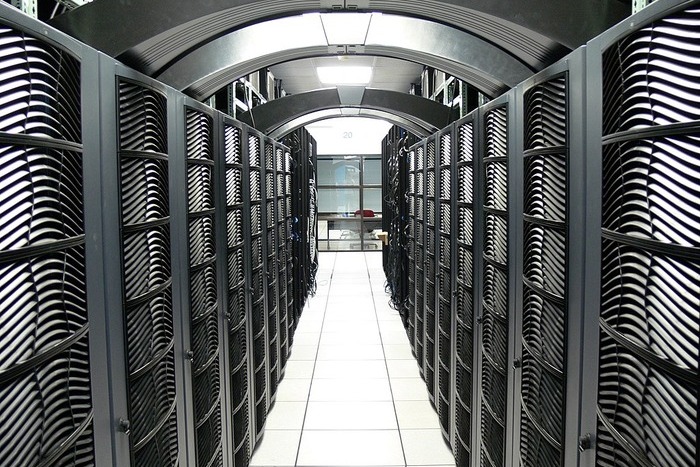There are concerns that the growth of data centres in the ASEAN region will lead to a spike in fossil fuel emissions
Southeast Asia can become a global hub for data centres, but that would mean a sizable increase in power demand in the region. There are also concerns over environmental impacts of data centres.
However, a new report by the London-based think tank Ember found that a third of Southeast Asia’s data centres could be powered by solar and wind in 2030, without the need for battery storage.
According to the report, power demand from data centres in the ASEAN (Association of Southeast Asian Nations) region will be unequal, as countries like Malaysia, Indonesia and the Philippines are expected to have a higher power demand than the others.
But for renewable energy to emerge as one of the major sources of energy, supportive policies will be key, especially if the region’s technological growth has to be balanced out with energy transition aspirations.
Reliance still on fossil fuels
While the tech industry is growing fast in the region, it is being fuelled predominantly by fossil fuels, as most of the countries in southeast Asia are still reliant on older power grids, according to the report.
With the growth raising power demands, naturally, fossil fuels are the solution, which will only drive up harmful emissions.
According to the report, six major countries in the region — Indonesia, Malaysia, the Philippines, Singapore, Thailand and Vietnam — are emerging as global data centre hotspots. It is estimated that around 2.9 GW of new capacity will be set up.
Parallely, however, the decarbonisation of the power sector is not fast enough to meet the growing tech sector.
According to the report, Malaysia’s power demand may rise from 9 TWh in 2024 to 68 TWh in 2030, as it is most likely to see the fastest growth in data centre electricity use. Ember found that this would be equivalent to 30% of the nation’s power consumption, and would also exceed Singapore’s total national electricity use in 2023.
As a result, Malaysia’s data centres would emit seven times more emissions than current levels, reaching 40 MtCO2e by 2030 — the highest in the region. Also, Philippines’ emissions may rise as much as 14 times, while Indonesia’s emissions from data centres may quadruple, according to the report.
“Data centre growth is straining power systems in ASEAN, where most electricity still comes from coal and gas. Scaling up renewables and modernising infrastructure through proactive investment and regional collaboration is key to ensuring sustainable growth and advancing the energy transition,” said Pritesh Swamy, Head of Data Centre Research and Insights for Asia Pacific at Cushman Wakefield.
Stabilising renewable grid is key
Accessing clean electricity is a challenge. According to Ember’s report, big tech companies depend on Power Purchase Agreements (PPAs) to get clean electricity. For smaller companies, it is trickier, as they need more access to virtual PPAs and green tariffs.
This would also support storage, which reduces the risk of variability from renewable energy sources, found the report.
But establishing energy efficient systems right from the design phase to setting up the grid is crucial. The report suggested setting national guidelines for energy efficiency can go a long way in reducing electricity usage, which would again reduce the pressure on the grid.
“ASEAN’s booming data centre industry risks derailing energy transition goals without urgent action. Prioritising solar and wind power, as well as energy efficiency, supported by strong policies, a national framework for data centres and collaboration, would help ensure data centres drive sustainable digital growth rather than deepen reliance on fossil fuels,” said Shabrina Nadhila, Electricity Policy Analyst for Southeast Asia at Ember.
About The Author
You may also like
Rising Global Energy Demand Fuel Security Threats: WEO Report
Brazilian President Calls For Fossil Fuel Phase Out, launches Biofuel Push at COP30
Energy Transition Doesn’t Require Large Climate Finance: Report
Coal Addition Beyond the National Electricity Plan 2032 Uneconomical: Report
Indian States Sign More Long-Term Coal Power Deals Over Rising Demand

